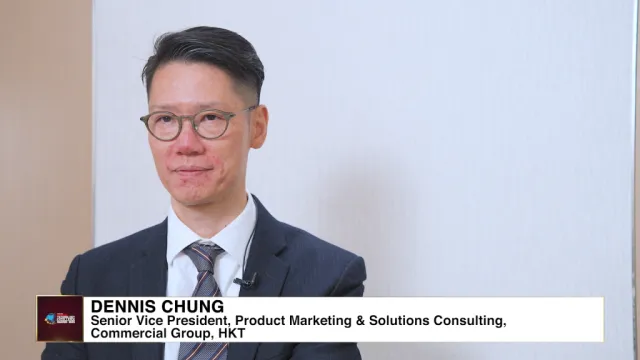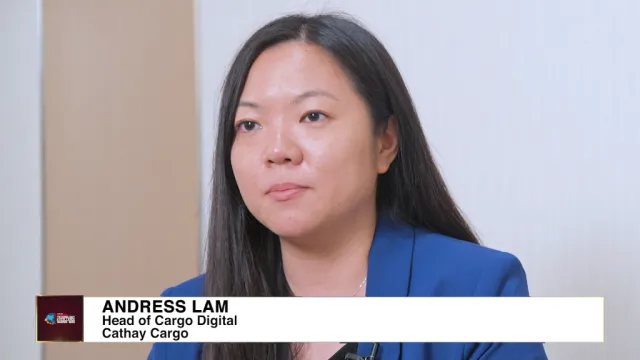Blended Workforces: No longer a contingency plan
By Caleb BakerToday’s economic climate might look uncertain at best – and grim at worst – but companies can meet the challenges of market volatility by making the right decisions and investing in their people. Traditionally, investing in talent is a costly and often risky affair, particularly when times are tough. However, many of these costs and risks can be mitigated by making some slight adjustments in the type of employee a company is looking for. Flexibility –which not only adjusts to volatile markets but thrives off it – does not have to come at the cost of quality.
To be brief: companies need to start taking full advantage of the contingent workforce. This is the body of freelancers, contractors and other free-agent workers who can be called in as and when the need arises. The flexibility, high skill level and self-managed nature of a contingent workforce is one of the key strengths as a potential solution to market volatility. Many companies in the Asia-Pacific region recognise this, but so far many haven’t capitalised and looked to a contingent workforce as a valuable organisational asset. Changing recruitment models does not happen overnight, of course, but with a few adjustments organisations can harness contingent work to generate significant positive change in both the short and long term.
If we take a look at the status quo, we see a notable gap between what businesses practice and what they preach. The Talent2 APAC Market Pulse Study 2, conducted in November 2011, surveyed businesses in China, Hong Kong, Singapore and Australia, and found that 91% (95% in Hong Kong) are still concerned about an imminent recession despite enjoying consistent growth during the most recent downturn. On a more positive note, 55% of organisations surveyed believe they are now better-prepared for market volatility after running the gauntlet of the GFC. That’s all well and good, but what exactly does it mean for day-to-day policy?
It ought to mean a stronger emphasis on or at least consideration of contingent work. 76% of organisations in Hong Kong believe the principal benefit of employing contract workers is flexibility to scale business operations up or down as the economic situation requires. Another 50% acknowledge improved cost management as the main strength of building a “blended workforce”, one which harnesses both permanent and contract employees on an ongoing basis. Yet only 8% of the Hong-Kong workforce is employed on a contingent basis, compared to 22% of the global workforce#. The gap between executive values and industry practice needs to be bridged before the next wave of market volatility hits.
Easier said than done, of course. Even if we recognise that a blended workforce makes for a more adaptable and proactive business, how do we go about making the transition from permanent employees to this new model? First of all, businesses need to decide what sort of contingent workers they need, and where they intend to deploy them for greatest benefit. A trusted freelancer may be highly effective on the front-line with your sales and marketing team, but less so in a more insular internal role. Contract workers may get the job done quickly and effectively, but you may also want permanent managers or senior staff closely involved to ensure continuity over the lifespan of a project. The trick is to analyse where the benefits of contingent workers fit best. These benefits – employee autonomy, reduced management costs, rapid access to specialist skills – must have a clear and well-defined role in the organisation in the same way as those of a permanent workforce.
The next step is to cultivate a culture which is freelancer-friendly. To do this, businesses need to acknowledge the particular traits of the contingent workforce which make it such a potent force. Contingent workers are particularly results-oriented and deadline-focused, which makes the best of them a powerful force for handling mission-critical junctures and achieving key objectives. They usually have more experience than the job requires, but demand enough autonomy to get their work done in the way which best suits them. That may seem threatening to some, but it also means reduced management costs compared to a permanent hire – and a significant 38% of Asia-Pacific (45% of Hong Kong) firms are going down the cost-cutting route in preparation for volatility. Businesses need to pursue freelancers and contract workers with the same vigour and attention they already apply to permanent hires, addressing their target talent’s key values while also scrutinising their track record in a critical manner.
Finally, organisations need to make sure that their operations can accommodate a blended workforce. On a technical level, this could mean anything from an increased focus on mobile devices and online collaboration tools to adopting more open software and access protocols to ensure compatibility with freelancers’ work systems. On a cultural level, it means appreciating that contingent workers do their work in a different – but not inferior – way to permanent employees. That level of difference is what makes a blended workforce worth pursuing. 42% of Asia-Pacific businesses are focusing on recruitment and training to prepare for uncertain times. As we do so, we need to remember that the most effective workforce is one which draws talent from all areas – not just the traditional ones.




















 Advertise
Advertise








